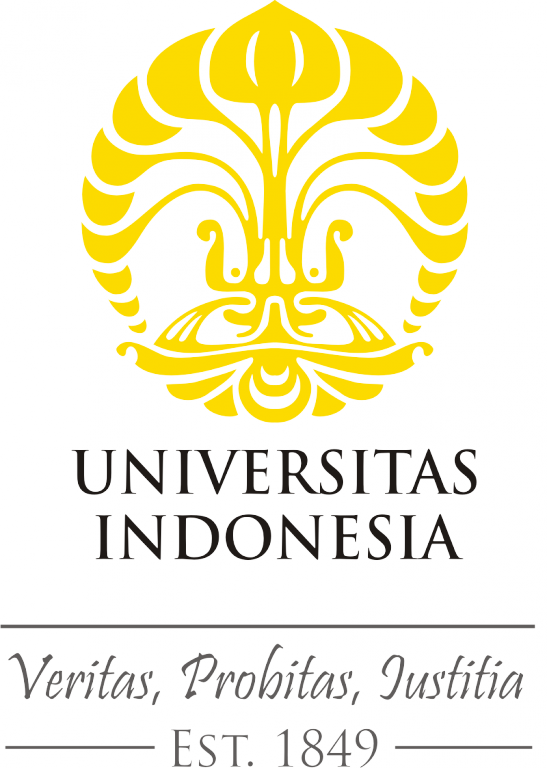Essentials of Statistics for the Behavioral Sciences (MindTap Course List) 10th Edition (INSTRUCTOR'S MANUAL)
Type: Instructor's Manual (Khusus Do


| Call Number | SEM 304 |
| Collection Type | Indeks Artikel prosiding/Sem |
| Title | Sustainable future? building and life-style assessment, hal 7-11 |
| Author | Elena I. Gaura, John Halloran, James Brusey, Ross Wilkins, Ramona Rednic; |
| Publisher | 2012 International conference on advanced computer science and information systems (ICACSIS 2012) Depok, December 1st and 2nd 2012 Crystal of knowledge building Universitas Indonesia |
| Subject | |
| Location |
| Nomor Panggil | ID Koleksi | Status |
|---|---|---|
| SEM 304 | TERSEDIA |